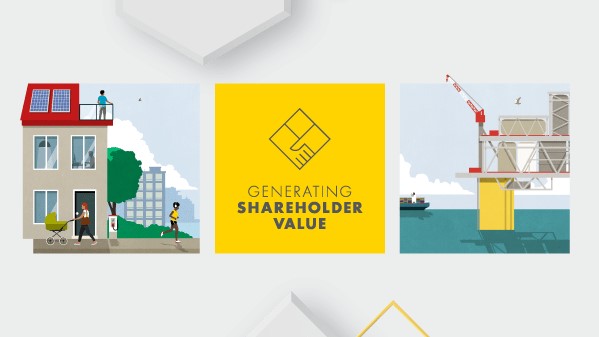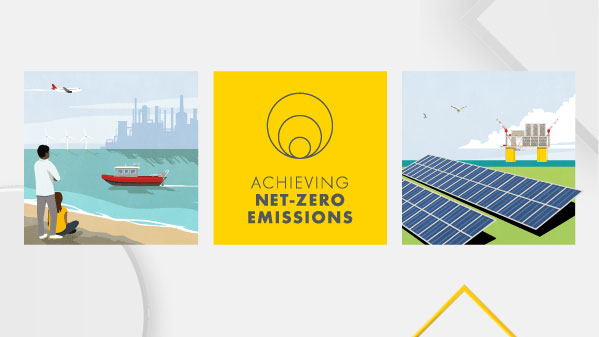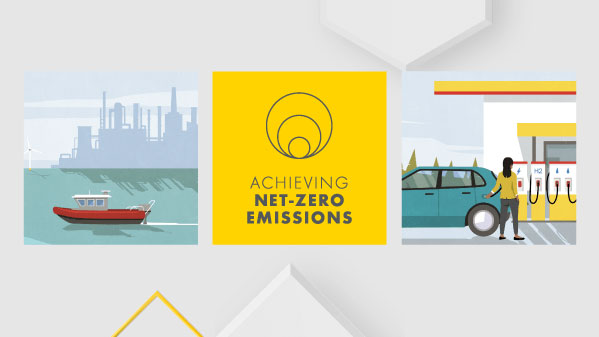Internal governance of industry association memberships
We have updated our principles for participation in industry associations. These principles set out our governance of our memberships. They also describe how we review the associations’ climate and energy transition policy and advocacy positions, and how we address misalignment.
Our principles for participation in industry associations
Our approach
Governance
We have an internal governance and control framework for industry associations. This is part of the Shell Control Framework, which establishes the structure within which Shell companies operate to achieve overall Shell Group objectives. Our governance and control framework for industry associations builds on Shell’s General Business Principles, Code of Conduct and Ethics and Compliance Manual.[1]
Climate and energy transition policy and advocacy alignment
- We have a senior executive decision-making body that has oversight of Shell’s public policy and advocacy priorities and positions, including climate and energy transition. The Executive Committee oversees this body. The decision-making body also provides updates to the Shell plc Board’s Safety, Environment and Sustainability Committee (SESCo).
- We publish our climate and energy transition policy positions on www.shell.com/advocacy. These serve as a global framework for our advocacy on these topics. Shell Relationship Managers for industry associations are provided with guidance about advocating in line with these positions. We have processes in place to guide staff if we identify misalignment with an industry association.
- We provide a review of the policy and advocacy positions of some of our key industry associations annually on our website. This is part of our annual assurance process. Where we identify misalignment with our positions, we set out how we plan to address this and provide an update the following year. Important decisions relating to the review are discussed at the senior executive decision-making body with oversight of Shell’s public policy and advocacy priorities and positions. Where necessary, issues can be escalated to the Executive Committee.
- Actions to address misalignment: Where we identify misalignment in climate and energy transition-related policy or advocacy positions, Shell will take one or several of the following steps depending on our assessment of the importance of the topic, the extent of the misalignment, and the broader value of our membership:
- Increase transparency about our own policy and advocacy positions, and the differences with our key industry associations, by publishing this information on our website;
- Remain in the association and increase our engagement with it in areas where we have different views;
- Pursue our advocacy independently or through other associations or coalitions; and/or
- Reassess our membership where we identify material misalignment in climate and energy transition-related positions, including ending activities such as board and committee participation, or ending overall membership.
Our expectations of industry associations
Transparency
We believe that industry associations of which we are a member should publish the following information on their websites:
- List of member companies, including members of governing body/bodies
- Main public policy positions, consultation submissions and other evidence of advocacy positions (if appropriate)
We also encourage industry associations to be more transparent about their fee structures for membership.
Climate and energy transition policy and advocacy
We believe that any industry association that we are a member of, and that is involved in climate and energy transition policy and advocacy, should support policies that help to achieve the goal of the Paris Agreement and net-zero emissions by 2050.










